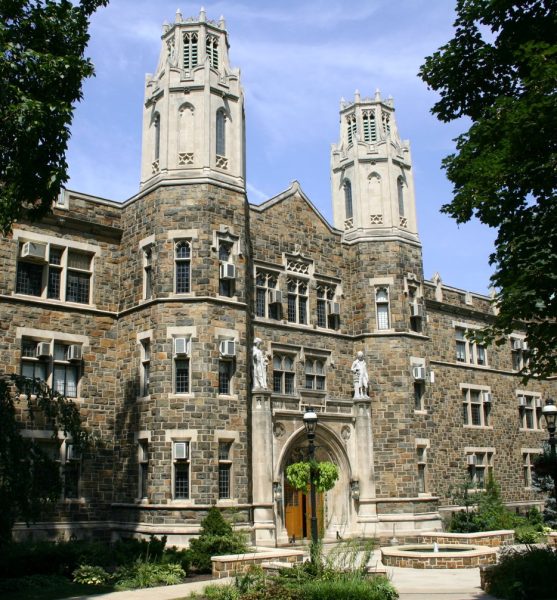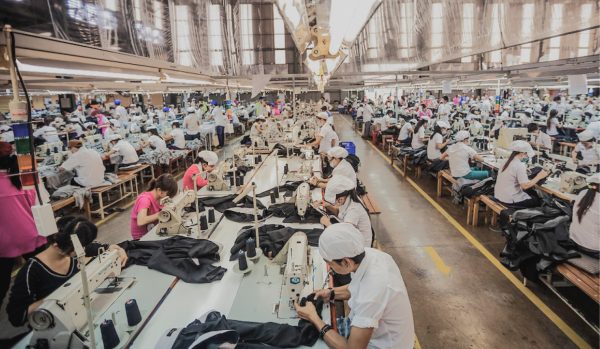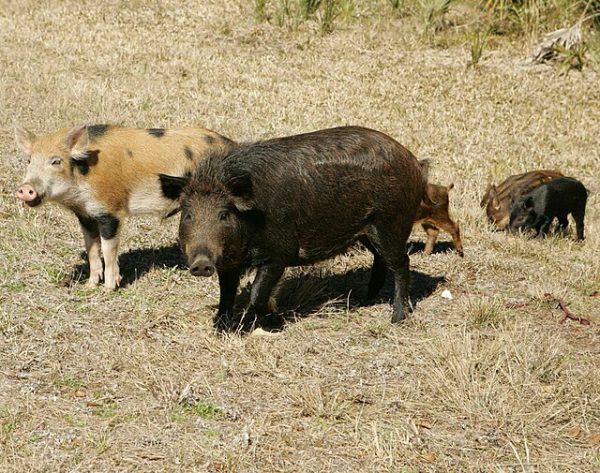Sea turtle baby boom thanks to the pandemic

Taken by Madison Tewksbury
The sea turtle population has grown dramatically during the pandemic. People are calling it the “baby sea turtle boom”. A mother sea turtle hatches around 100 eggs or more (national geographic), but the question that has been asked is how many of them are successful?
In Florida, the number of sea turtles has notably increased. According to an article from National Geographic, the nesting season for sea turtles is from March to October. March 2020 is around the time the U.S had to start shutting down due to the Coronavirus. As a result, many beaches were closed down for weeks, reducing the number of people on the shores.
Due to the recent reduction of human contact at beaches, scientists believe that there has been a more successful turtle hatching. This means that the newly hatched turtles have been able to survive the duration in which they come out of the eggs into the water.
Lebanon also recently had huge inflation of baby sea turtles, but not just any sea turtles, endangered green sea turtles. This is also due to the reduction of people at beaches. According to Mono Khalil from the article, “On Beaches Quieted By The Pandemic, Lebanon Sees Sea Turtle Boom” there hasn’t been an influx of sea turtles since 2006. In that year Lebanon was in an ongoing war with Israel, which also caused a decrease of people on the beaches. Even then, there were still not as many nesting spots compared to 2020. Another issue that Khali had mentioned was that there was a resort on the beach that had bright lights affecting the mothers from nesting and confusing them;this is due to the mothers nesting at night when it is dark. After nesting, the females follow the light from the moon, back into the ocean. With COVID-19, the resort had switched off their lights, allowing the mother sea turtles to properly nest.
Due to the number of sea turtles finally increasing, it is a goal as a society to protect the sea turtles and their rapidly growing population. According to the article in National Geographic, called “Florida could see a sea turtle baby boom—thanks to the pandemic.” Interruptions to the nesting stages are important to restrict because they cause detrimental mishaps with the cycle. For instance, a mother sea turtle can hear or be disturbed by cameras, chairs, lighting, and sound that is around her, causing her to go back to the ocean without laying her eggs. Justin Perrault, a director of research for the loggerhead Marine life center, states, “during the closures, loggerheads successfully nested 61 percent of the time…When the beaches reopened, that number dropped to 46 percent.” Furthering the analysis, turtle nesting is drastically more successful with no distractions.
Many small things can affect the environment and life around the world. It can be good or bad, and from this outcome, it has definitely played an important and great role during these times. In all reality, the situation relating to COVID-19 may seem to be horrible, but it is life-changing for others and the world’s life cycle.
Your donation will support the student journalists of Parkland High School. Your contribution will allow us to purchase equipment and cover our annual website hosting and printing costs.

Madison Tewksbury, a Senior, is extremely excited to be a part of the continuing growing Trumpet Newspaper staff for the third year as editor in chief!...












